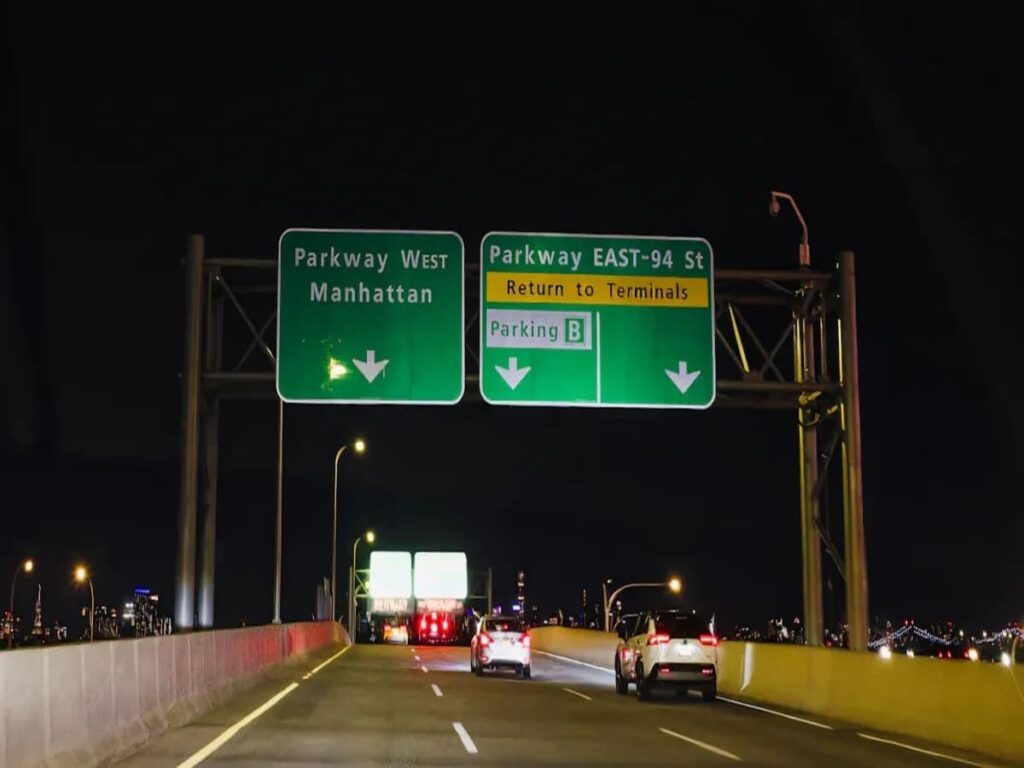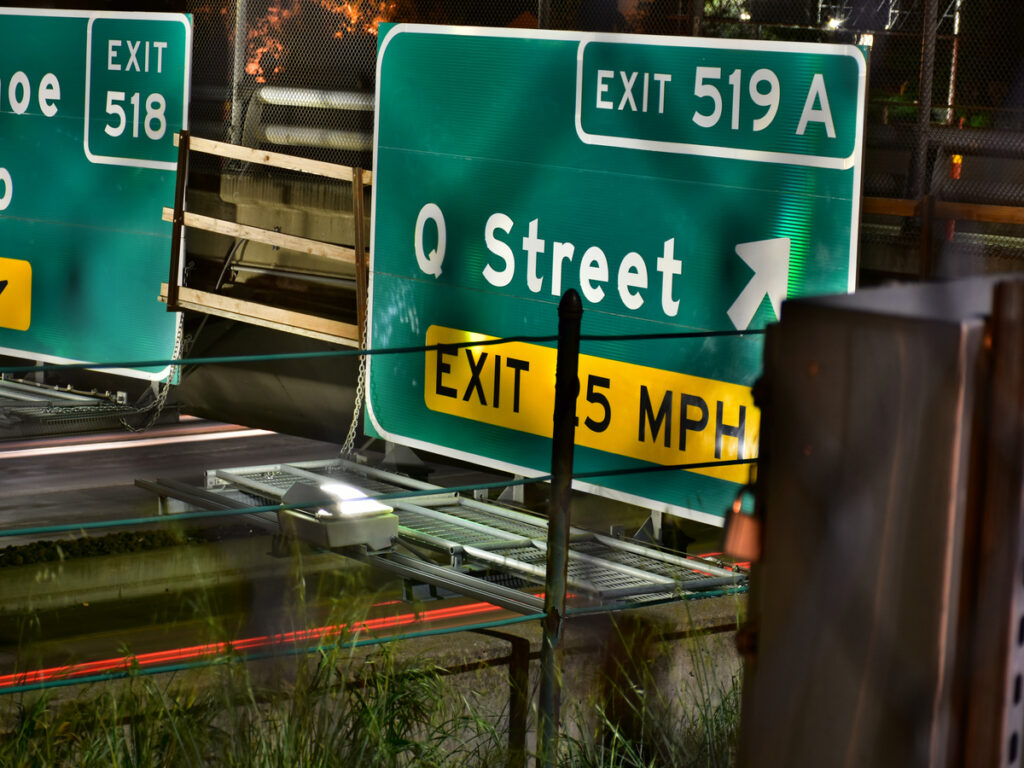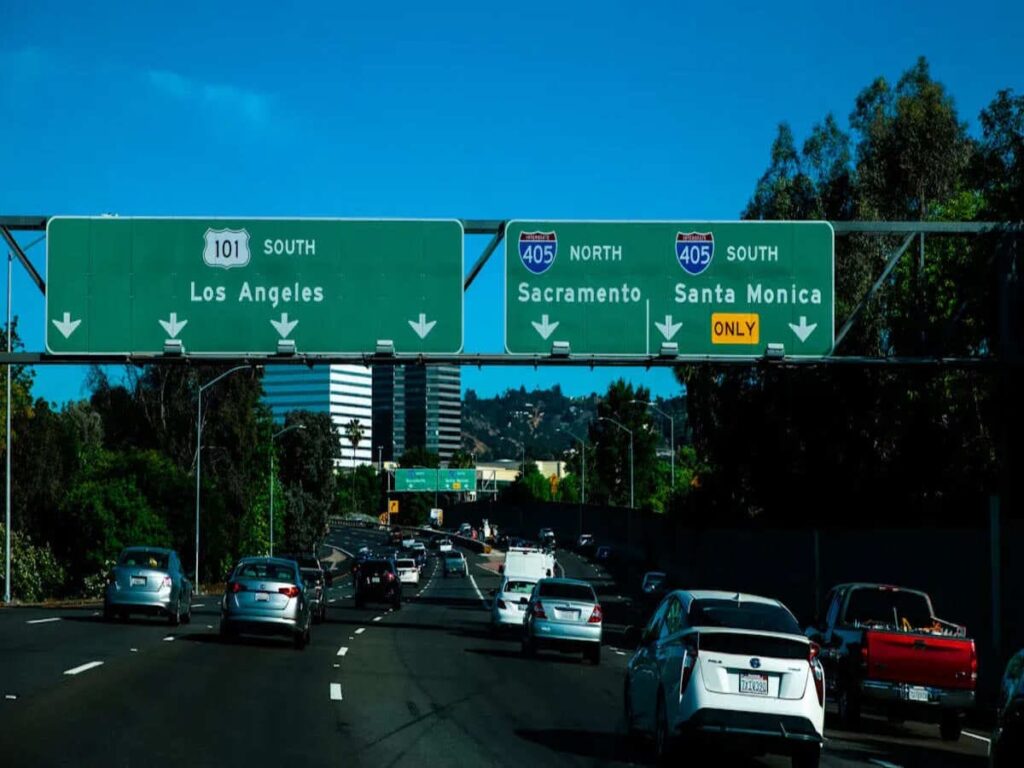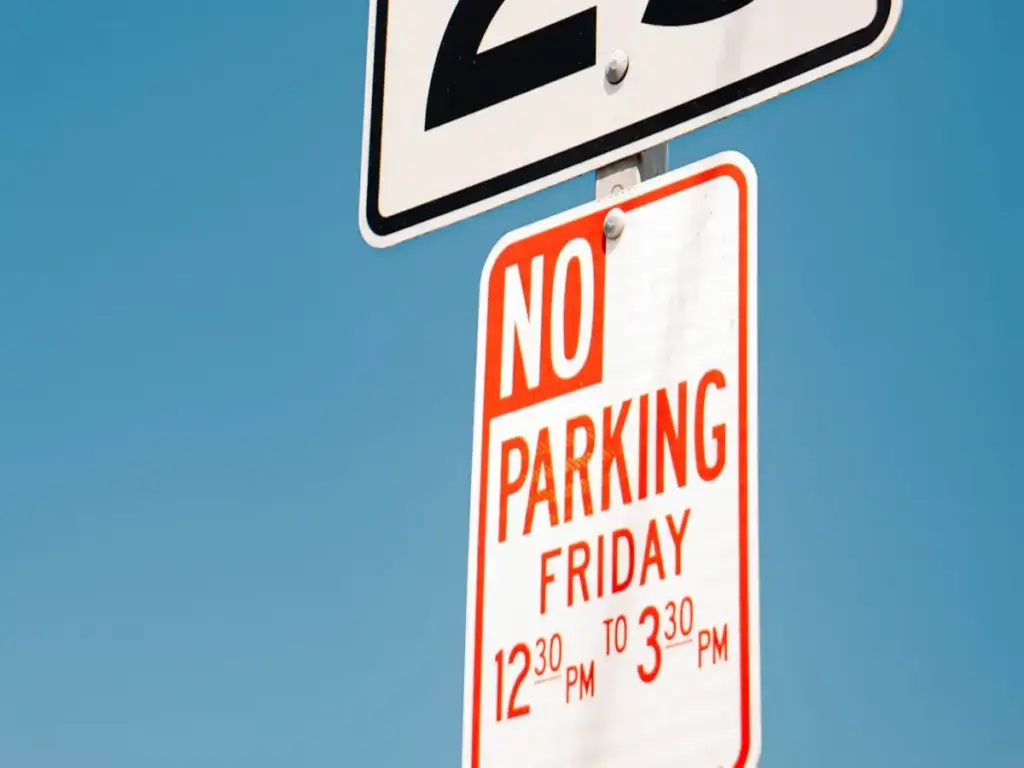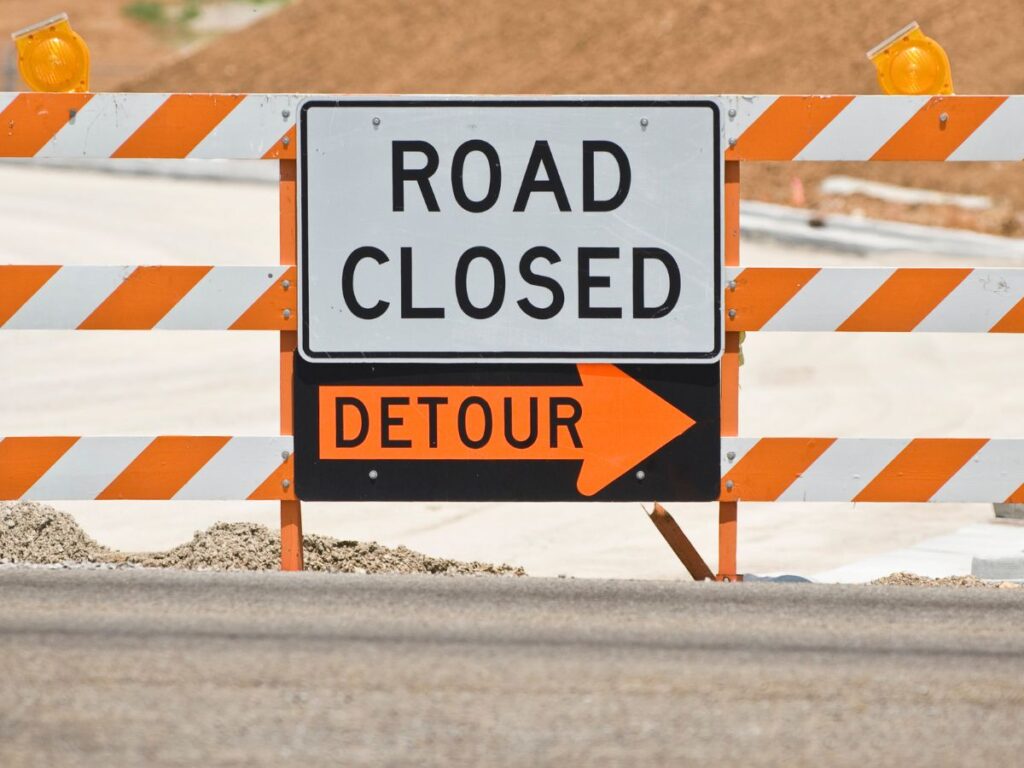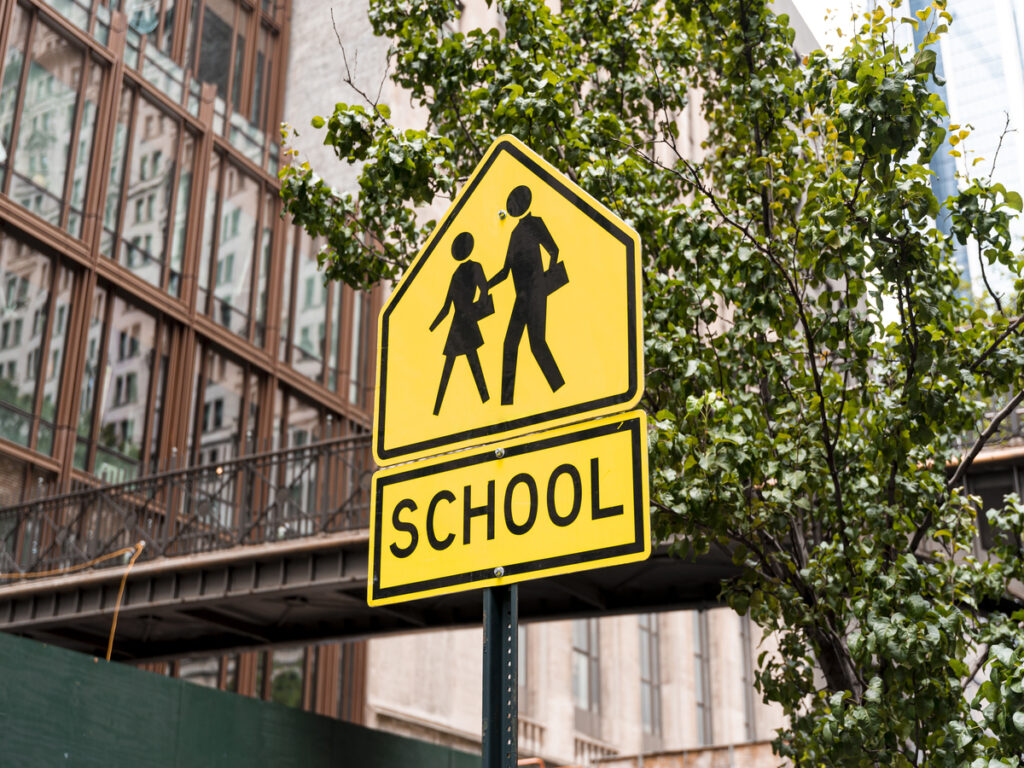
として 1742.4 学校ゾーン速度制限標識の明確なルールを提供します. これらの標識は適切な速度と適切な時期を示さなければなりません. 各サインには一定の外観が必要です, サイズのように, 色, とフォント. ドライバーが学校ゾーンの前にそれらを見ることができる場所に標識を置く必要があります. 地方議会と請負業者は、それが規則に従うことを確認するために各標識をチェックする必要があります. 見やすく、適切な時期を持つ兆候は、子どもたちの安全と交通を安全に保つのに役立ちます.
オプトラフィック用品 交通安全標識, including school zone signs that fully comply with AS 1742.4, helping contractors and authorities meet their safety obligations with confidence.
School Zone Speed Limit Timing Rules
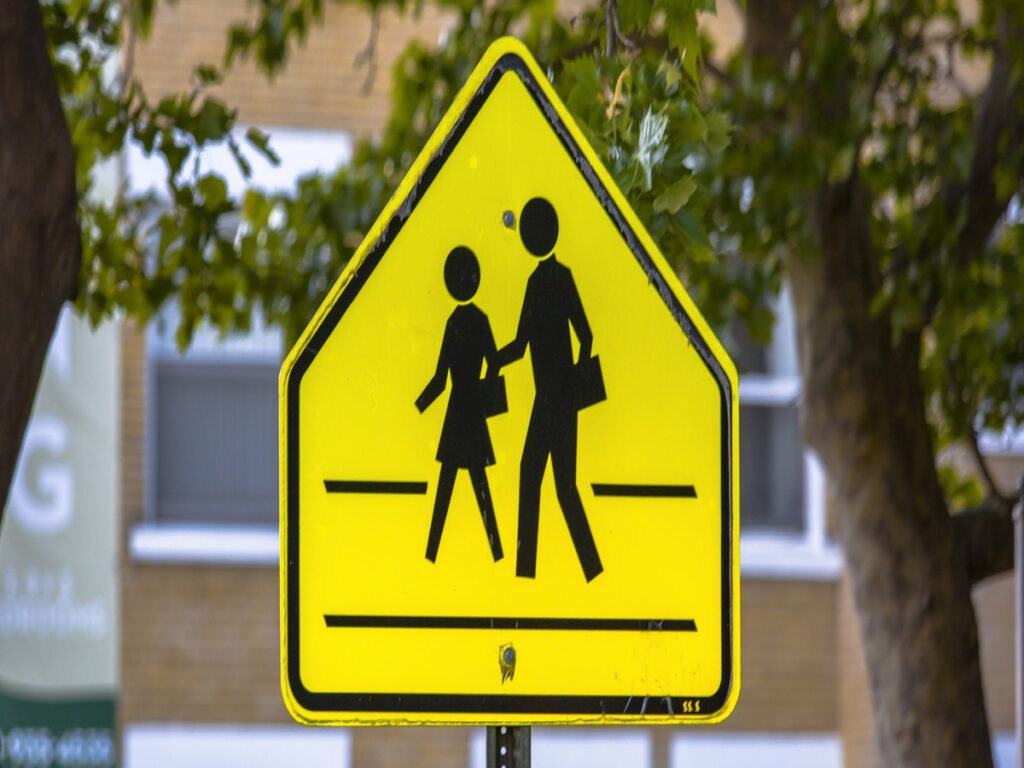
Clear Indication of Time-Based Speed Restrictions (例えば。, 8:00 午前~ 9:30 午前)
School zones have speed limits at certain times to keep children safe. The signs often show times like 8:00 午前~ 9:30 午前. These times are when children go to or leave school. Lowering speed limits in school zones can stop many serious injuries. Studies say it can cut injuries by almost half. But only about one in four drivers obey these limits during school hours. Many drivers do not follow the rules at other times. Clear signs help, but things like crossing guards or police make the rules work better.
Mandatory Signage Placement for School Zone Hours
Putting speed limit signs in the right place is very important for safety and the law. Councils and contractors must follow strict rules about where signs go.
- Signs must be retroreflectorised or lit up so drivers can see them.
- Signs should be near school entrances, 横断歩道, とバス停.
- Signs must show where the school zone starts and ends.
- The height and distance from the road must follow national rules.
- Signs need a bright yellow-green background with black borders so they stand out.
ヒント: Signs at both the start and end of school zones help drivers know when to slow down and when to go back to normal speed.
Handling Variations Between Different States and Regions
Australia has national rules like AS 1742.4—2008 for school zone 速度制限標識. These rules say how signs should look and how bright they must be. The speed limit is usually 40 km/h. Each state or territory might have extra rules, like different times or speed limits. Councils must check state guides before putting up or changing signs. Some states use set times for school zones, but others have special rules for holidays or events. Local managers give the final details for each area.
Understanding how these national and state-level rules work together is essential for effective traffic control. To learn more about correct sign placement and speed zone management, 私たちのブログをご覧ください: ASを使用します 1742.5 速度制御用: 速度記号を配置する必要がある場合.
Example of Common Time Slot Signage in School Zones
Most school zones in Australia use clear time slots on their speed signs. A normal sign might look like this:
SCHOOL ZONE 40 8:00 – 9:30 AM 2:30 – 4:00 PM SCHOOL DAYS This traffic sign tells drivers the exact times when they must slow down. The numbers are big and easy to read. The background is bright so drivers can see it well. Councils change these signs if school hours change or if new rules come in.
Static vs Electronic Signs for School Zones
Difference Between Static and Electronic School Zone Signs
Static school zone signs have fixed panels. They show the same speed limits and times all the time. These signs never change. Drivers must remember the rules themselves. Electronic signs use digital screens. They can show different speed limits or messages at different times. Electronic signs can turn on or off for school hours or special events.
Benefits of Using Electronic Signs for Variable Speed Limits
Electronic signs have many benefits over static signs. They can change speed limits right away. This is useful if school hours change or there is an event. Drivers notice electronic signs more because they are bright and clear. These signs can give instant feedback, like a smiley face for safe driving. 時間とともに, electronic signs help drivers learn safer habits.
| Benefit Category | 証拠の概要 |
|---|---|
| 速度削減 | Drivers went 10% slower after seeing digital speed signs. |
| Speed Reduction in School Zones | Speeds dropped by 17.5%, so accidents were less likely. |
| 事故の軽減 | Digital signs led to fewer crashes and less speeding than old signs. |
| 歩行者の安全 | Pedestrian deaths dropped by 22% with digital speed feedback signs. |
| Speeding Violations | Seattle had 30% fewer speeding tickets near schools after digital signs. |
| ドライバーの動作 | Real-time feedback helps drivers act safer for a long time. |
| Community Impact | Digital signs help make school zones safer for everyone. |
Compliance Requirements for Each Type of Sign
Both static and electronic signs must follow AS 1742.4. Static signs need clear writing, the right colours, and correct placement. Electronic signs must also be bright and easy to see. Councils must check that electronic signs work at the right times and show the right speed.
ケーススタディ: When and Where Electronic Signs Are Used in Australia
Many cities in Australia use electronic signs near busy schools. Sydney and Melbourne have put up digital signs 交通量が多い場所. These signs help drivers see when speed limits change, especially at pick-up and drop-off times. Local councils say there are fewer speeding problems and safer crossings for children.
Future of School Zone Speed Control: Trends and Innovations
New technology will change school zone safety in the future. More schools want electronic signs with sensors and cameras. These systems can see when children are nearby and change speed limits on their own. Councils are also testing signs that send alerts to drivers’ phones. These new ideas aim to make school zones even safer for everyone.
デザイン要素: フォント, Borders, and Colours
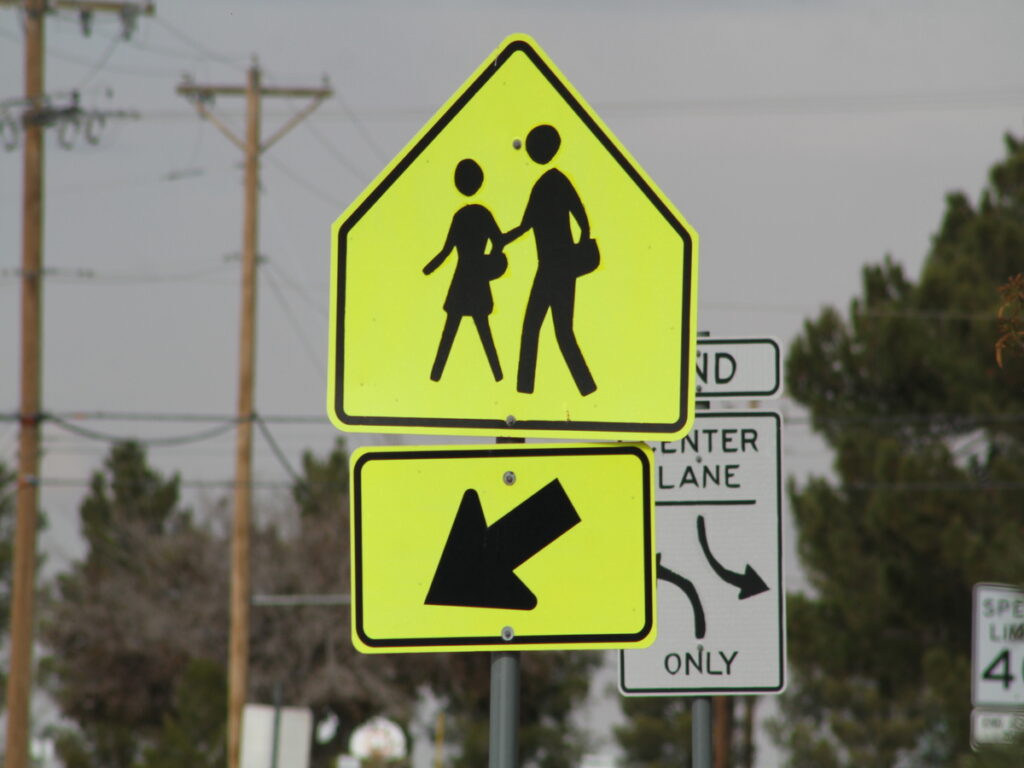
Recommended Fonts for Clear Readability: Transport Series Typeface
として 1742.4 says to use the Transport Series typeface for school zone signs. This font makes letters and numbers easy to see from far away. Drivers can spot speed limit signs quickly, 速く運転しているときでさえ. Using this font helps stop mistakes and keeps roads safer.
Border Widths and Required Colours for High-Visibility (黄色, 黒, 赤)
School zone signs in Australia have a bright yellow-green background. This colour is easy to notice in any weather. The signs use Class 1W reflective sheeting to help drivers see them, especially in slow areas. Black borders go around the sign and make the words stand out. Studies show that yellow-green signs and clear crosswalks can lower pedestrian crashes by 37%. Red is used for warnings or to show speed limits.
Specific Design Guidelines for School Zone Signs Under AS 1742.4
として 1742.4 gives rules to make signs clear and easy to see. Signs must use the right colours and 反射材. The size and font must match the standard. Signs should be put where drivers see them before the school zone. The rules say not to put logos or extra pictures inside the border.
Use of Reflective Materials for Visibility During Low Light Hours
- Microprismatic reflective sheeting shines brightly and lasts in tough weather.
- High-intensity prismatic sheeting uses microprisms for brighter signs in school zones.
- Diamond-grade sheeting is the brightest and best for flashing speed signs, but it costs more.
- Engineer-grade sheeting is good for quiet roads but is not as bright.
- 高強度プリズム (ヒップ) sheeting is three times brighter than engineer-grade and does not fade easily.
- Good installation and regular checks keep these materials working well.
Examples of Compliant vs Non-Compliant Design Elements
- Compliant elements:
- Approved colours like yellow-green and black.
- Clear fonts such as the Transport Series.
- Correct size and placement for speed limit signs.
- Reflective materials for night-time use.
- Warning signs at the start and end of school zones.
- Pavement markings and signals for people walking.
- Non-compliant elements:
- Wrong colours or fonts.
- Logos inside the border.
- No reflectivity or wrong sign size.
- Missing signs or markings.
- Low-quality graphics or wrong file types.
ヒント: Councils should check every sign before putting it up. This helps keep people safe and stops expensive mistakes.
Common Placement and Compliance Examples
Standard Placement for School Zone Speed Signs
Putting speed limit signs in the right place helps drivers slow down. Signs should be put before the school zone starts. This gives drivers time to get ready and slow down. Signs at every entrance and inside the zone remind drivers of the speed limit. Signs must be easy to see and not hidden by trees or cars.
Proximity to School Entrances and Pedestrian Crossings
Speed limit signs work best near school entrances and crossings. These places have many children walking. 標識は遠くからでも見やすくなければなりません. Nothing should block the signs. Good lighting helps drivers see signs in the morning and afternoon. There is no set rule for how close signs must be. Putting signs before entrances and crossings makes everyone safer.
Distance Between Signs in Continuous School Zone Areas
In long school zones, signs should be put often. This helps drivers remember the speed limit as they drive. Councils add more signs after big intersections or where side streets join the zone.
Examples of Compliance Failures and How to Avoid Them
| Compliance Failure | 説明 | Consequences | 避ける方法 |
|---|---|---|---|
| Signs after sharp curves | Drivers cannot see signs well | Less time to slow down | Put signs on straight roads with 100m clear view |
| Signs on steep slopes without tilt brackets | Signs do not face drivers right | 読みにくい, wrong radar readings | Use tilt brackets and check sign angle |
| Signs too far from road | Drivers may not see signs | Drivers miss signs | Keep signs 5–12 feet from the curb, check view |
| Signs in shaded areas | Not enough sun for power | Signs may not work right | Use sun apps, cut back trees and bushes |
| Signs blocked by large vehicles | Small cars cannot see signs | More danger for drivers | Use taller poles, check at busy times |
| レーダーの見通し線を無視する | Things block radar | Radar does not work right | Clear the way, test radar before use |
| プリアライメントテストをスキップする | No check before putting up signs | Signs may not work right | Test signs first with temporary mounts |
ヒント: Councils should test where signs go before putting them up. This stops mistakes that cost money.
Guidelines for Sign Mounting Height and Positioning for Visibility
- Check local and state rules for school zone signs.
- Put signs straight to the road, not more than 5 縁石から足.
- Use reflective or LED signs so drivers can see them.
- Keep signs at the same height and in the same place.
- Do not put signs where trees, 車, or buildings block them.
- Clean and check signs often to keep them easy to see.
- Put signs on straight roads so drivers can see them best.
| 設定 | Recommended Mounting Height | Positioning Details |
|---|---|---|
| 都市部 | 5 に 7 足 | Straight to road, ≤5 feet from curb, on straight roads |
| 高速道路 | 7 に 10 足 | Higher up for better view and bigger vehicles |
として 1742.4 gives clear rules for how school zone signs should look and when they should be used. Councils and contractors must pick the right size, 色, 反射素材と. They need to check signs often so drivers can always see them. 標識がルールに従わない場合, there could be legal problems. Fines might get cancelled or councils might ask for changes. Councils usually want proof that signs meet the rules before putting them up. Keeping signs in good shape helps protect children and makes sure speed limits can be enforced.
To understand the broader framework behind these requirements, 私たちのブログをご覧ください: ASを理解しています 1742: オーストラリアの交通署名規制の基礎.
よくある質問
とは何ですか 1742.4?
として 1742.4 is an Australian Standard. It sets the rules for school zone speed limit signs. Councils and contractors use this standard to make sure signs are safe, クリア, そして見るのは簡単です.
Why do school zone signs use yellow-green backgrounds?
Yellow-green backgrounds stand out to drivers. This colour helps people notice the signs quickly. Studies show that these signs help reduce accidents near schools.
How often should councils check school zone signs?
Councils should inspect school zone signs regularly. 彼らはダメージを探します, フェード, またはブロックされたビュー. Regular checks keep signs visible and effective.
Can electronic school zone signs display different times?
はい, electronic signs can change the times and messages they show. Councils use them for special events or changes in school hours. These signs help drivers follow the correct speed limits.
What happens if a school zone sign does not meet AS 1742.4?
標識が基準を満たしていない場合, it may not be legal. Drivers could challenge fines. Councils might need to replace or fix the sign to meet the rules.

